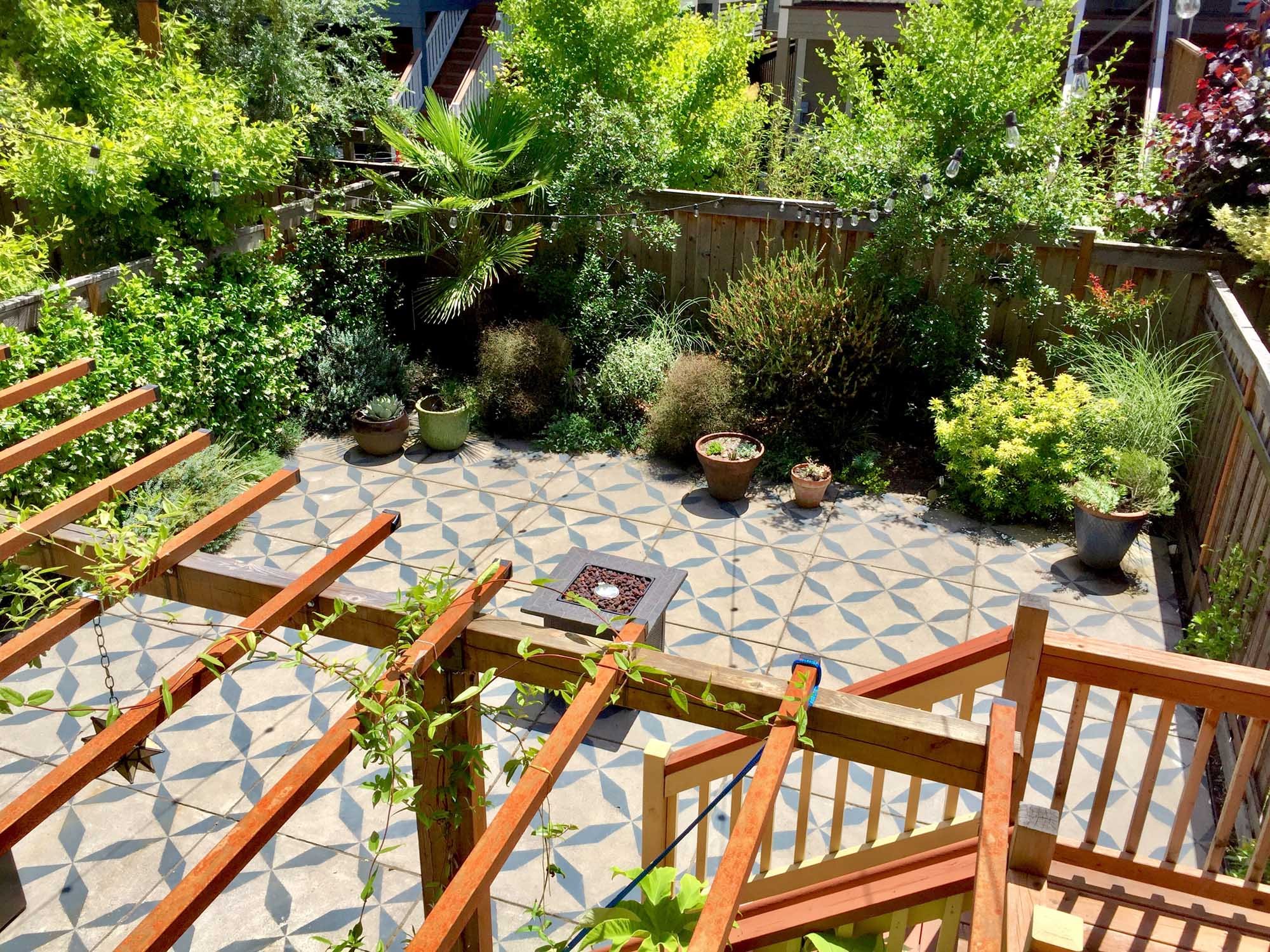
Contact Us
Let’s Create Your Dream Garden!
FAQ
-
A full yard plan ranges from $1500-$3000. Most designs are two stages and includes both conceptual and planting plans. We also do plans for small spaces at reduced prices. All plans are customized to your needs, and pricing will reflect that.
-
Installation costs ultimately depend on the size and scale of your project. The good thing about landscape design is that it's reasonable to install the project over phases, unlike a home, which needs to be fully finished in order to live in. So if you can't afford the full installation cost you can phase out the project over time.
-
From design to implementation could take 3-6 months or more depending on material availability, time of year, and complexity of the project.
-
A big misconception about using native plants is that it takes the guess work out of plant selection. But not all native plants will be suited for your site conditions, and furthermore plants don't care what kind of names or categories we give them. That's why we design using a custom "plant community" that includes plants chosen based on how well they perform together.
-
If you want to improve the ecological value of your yard, the first thing you usually want to do is remove the lawn. Lawns are resource intensive to maintain, and need to be restored every few years if they are heavily used. The lawn industry has made grass seed farmers in the Willamette Valley very rich, and in turn we have lost some the finest Oak grassland habitat in the PNW. So yes, there are a thousand reasons to remove your lawn, especially if it's in the front yard, but all situations are unique, and a lawn might make sense if you want a nice soft area to recreate on. If you have a larger backyard a lawn can break up the space and define your borders, but there are ways to make it more sensible. We're happy to provide you with alternatives and solutions that will work for your yard.
-
Naturescaping is a fashionable term used to refer to principles of ecological design. Ecological design means using principles of ecology in design, specifically landscapes. This means understanding plant communities and how plants interact with each other, and the surrounding environment. It may sound strange, but plants are social in ways we are just beginning to understand. We think it's important that we honor the ecological systems that support life on earth.
-
Okay, maybe WE love meadows, but we'd love to show you why they are awesome! The Hawk Meadow project is an example of naturalistic meadow that pays homage to and is inspired by our local ecology. Ask us about custom planting matrixes!
-
A rain garden is a designed feature where stormwater is diverted and collected into an area in the landscape. The area may have river rock and boulders to mimic a stream-bed, and always has plants to help soak up the extra water. A bio-swale is the more technical term for the same thing, but typically used in a more public setting, rather than a backyard. We can evaluate your site to determine if a swale is right for your property (City of Portland requires stormwater diversion plans on all new construction).
-
A dry garden is a garden that uses drought-tolerant or xeric plants that will thrive with either no water or very little water in the summer. So xeriscaping is the practice of using water-wise plants that will sustain themselves during long periods of drought. We like using drought-loving plants for two reasons: A) we don't like watering or installing expensive irrigation systems, and B) we think our West Coast Native and Mediterranean plants are too remarkable not have them in our gardens.
-
Depends, but if we use a xeric planting scheme you may just need to use a sprinkler for the first summer or two. A drip system is usually suitable for beds and containers. Either way you can save a boat load of money by not having to install an underground sprinkler system. If you have an existing system then we can modify it to adapt to your new landscape.
